|
Ashtanga Yoga Invocation
om vande gurunam charanaravinde sandarsita svatmasukhava bodhe nihsreyase jangalikayamane samsara halahala mohasantyai abahu purusakaram sankhacakrasi dharinam sahasra sirasam svetam pranamami patanjalim om Translation (1st verse) I bow to the lotus feet of the guru who awakens insight into the happiness of pure Being, who is the final refuge, the jungle physician, who eliminates the delusion caused by the poisonous herb of samsara [conditioned existence]. Translation (2nd Verse) Even though Sage Patanjali was human and not a mythical deity, in this chant he is depicted in the divine form of Vishnu. He has 4 arms, which are holding 3 objects: conch, discus and a sword. The conch (sankha, pronounced as “shankha”) represents the divine sound, which is capable of awakening us from the state of ignorance. Because Patanjali did a great job unifying the ancient yogic knowledge in his Sutras and the text has awakened many people, he is holding it in his hand. The discus (chakra) is the symbol of infinity and life that Vishnu sustains. As well, Vishnu uses his discus to fight negative spirits, which means that the discus is the weapon to fight the negative emotions that distract us from being enlightened. The sword (asi) represents the discriminative wisdom, for the sword can cut through illusion and dualism. Since mind is represented by snakes in the Hindu tradition, the thousand headed snake above Patanjalis’ head represents his mastering over the possessive mind. This means that reading and following the Sutras one can achieve the “citta vritti nirodhah”, cease the fluctuations of the mind and therefore reach the state of Yoga, the state of Union. You can call union with God, with your own Self, with the Universe. After having read the Yoga Sutras, when I chant these lines in an aware state, a feeling of appreciation and gratefulness arise inside me. I find the text very easy to understand, yet, each time I re-read it, there is always something else emerging to be learnt. The above translation and comment of the Ashtanga Yoga Invocation were provided by Craig. To learn more about Ashtanga Yoga, join Craig at the Ban Aphai studio.
1 Comment
Your comment will be posted after it is approved.
Leave a Reply. |
Archives
September 2023
Categories
All
|
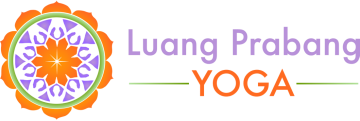
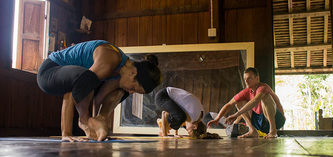
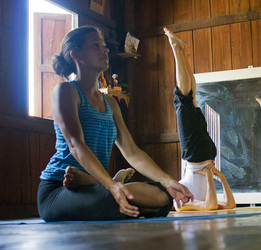

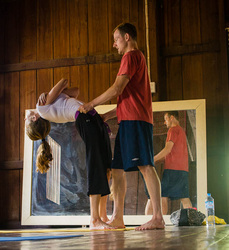



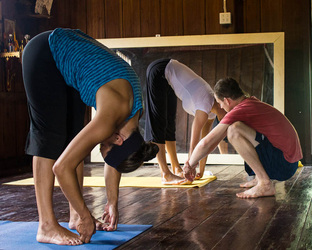
 RSS Feed
RSS Feed
